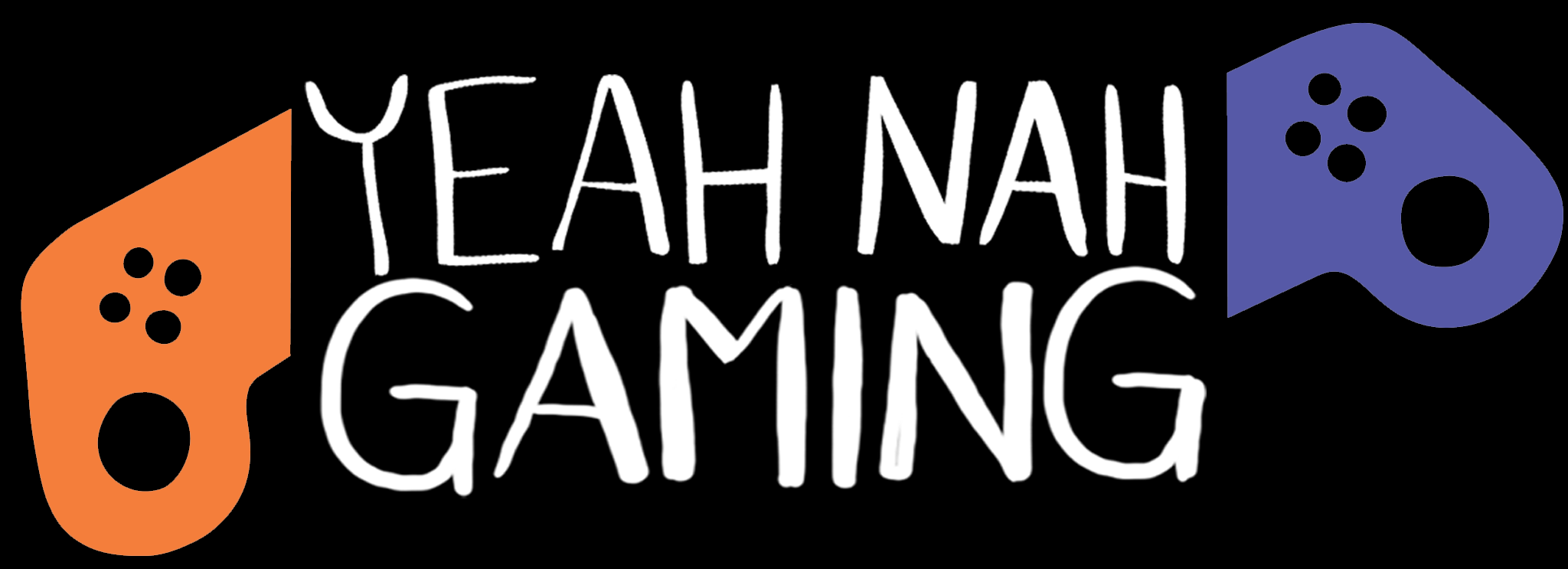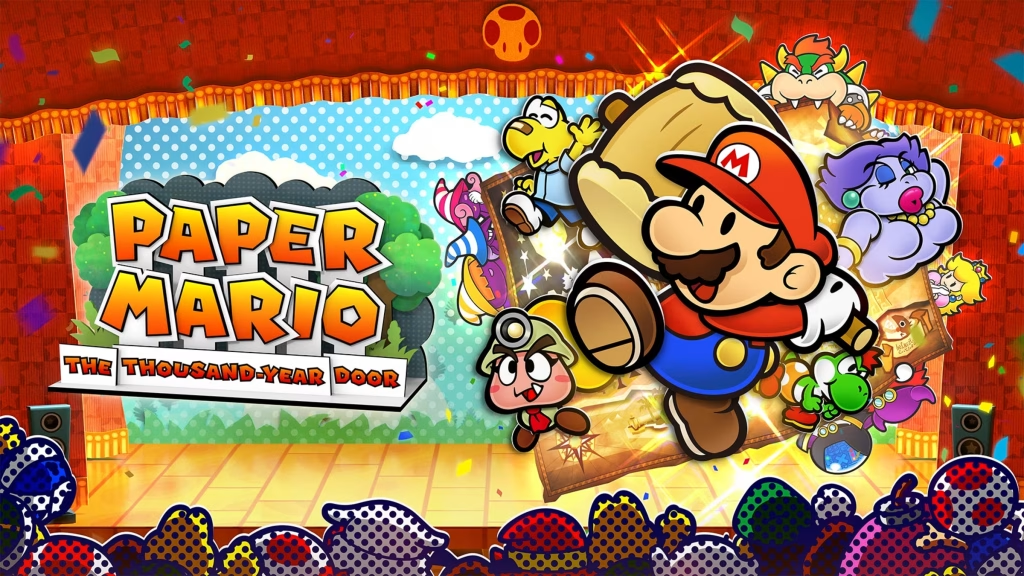Remakes can be a fraught proposition, but Nintendo deftly elevates one of their all-time classics with Paper Mario: The Thousand-Year Door.
It’s easy to draw a straight line from more peripheral RPGs like Earthbound to indie mega-darlings Undertale or Deltarune, with their shared love of idiosyncratic characters and quirky dialogue. But if you were to ask me today what their greatest inspirations were, it’d have to be Nintendo’s family of Mario RPGs. They share broad character types and breezy combat, but more than that: they’re funny. And getting humour to land—especially in games—is no laughing matter.
Enter Paper Mario: The Thousand-Year Door, a remake of the 2004 GameCube original. While its combat and underlying systems are largely unaltered, this modern release shines and polishes the game’s strongest elements to a mirror sheen—namely, its writing and paper-craft presentation. It also helps that some of its rougher points have been chamfered down to a smooth edge too.
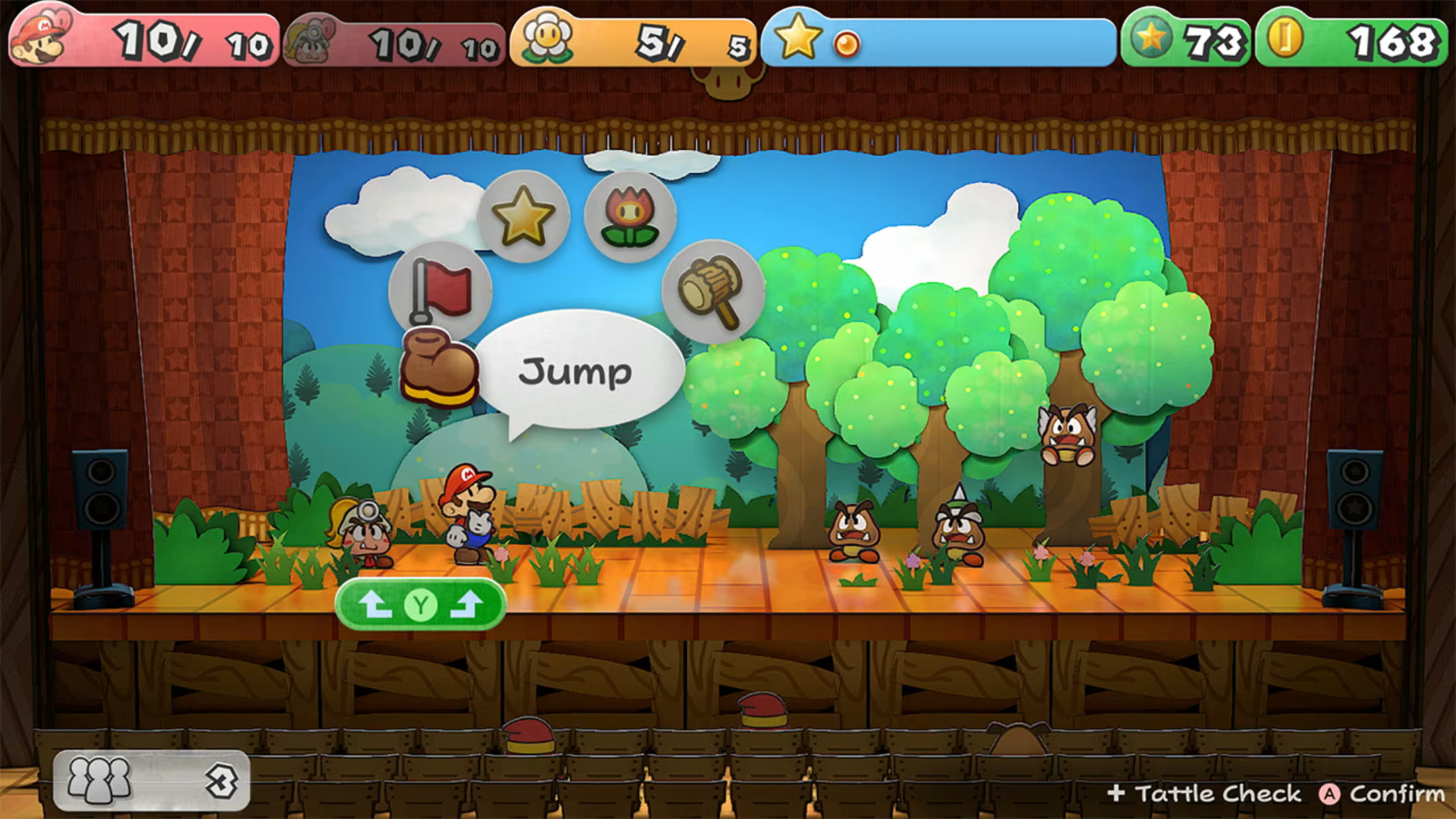
The game plunges Mario into familiar RPG territory: he has to collect seven Crystal Stars and use them to seal the eponymous door before a demon can be unleashed. Naturally, twists and turns crop up, but the main story isn’t really why you’re here. You’re here for the setting and scenarios, and the game offers a glut of them. The journey will take you everywhere from murder-mysteries aboard trains, to glitzy wrestling tournaments, and haunted villages. Each chapter offers a dip into different genre fare, and the cast of characters are savvy enough to poke fun at their predicaments while never falling into full-on sardonic banter.
And it is the dialogue that sells Paper Mario. While the writing is impeccable (and accordingly updated in parts, like reinstating a character’s trans status), it’s elevated further by recognising the medium it’s embedded in. The game frequently makes use of gags that rely on the fact that you’re holding a controller. One of my favourites is when a character makes her partner profess his love to her 100 times—and you’d best believe you’re pressing that ‘A’ button for each proclamation. On paper or film that joke would land like a sack of bricks, but they sell it here. It’s made absurd through the application of input. Paper Mario deftly jumps over the pitfalls that purportedly funny games often stumble into: that comedy isn’t just about what’s written in the script—it’s how it’s deployed.
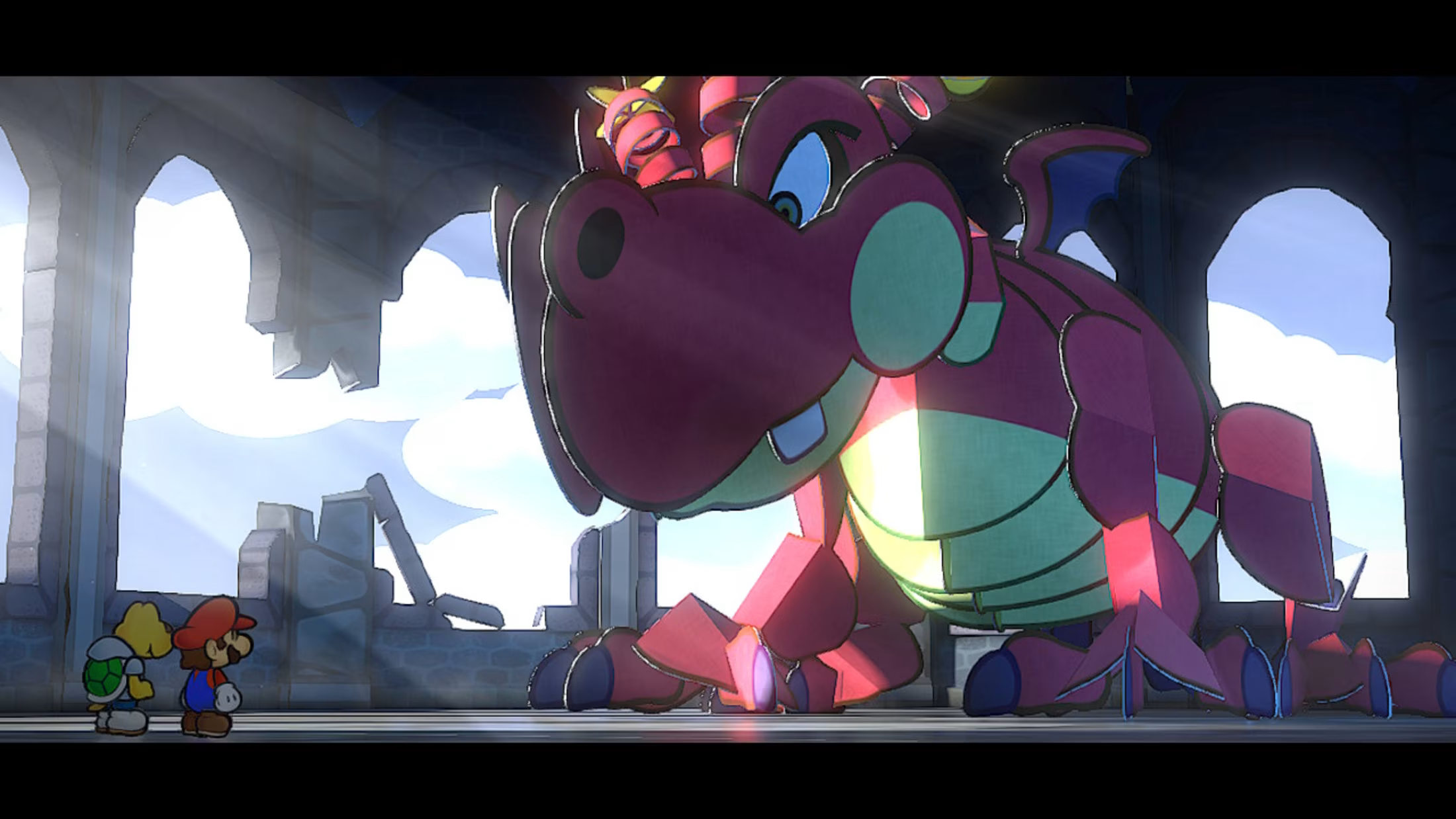
Battles—made to look like a stage play—involve you bopping your enemies on the head with your feet, a hammer, or any one of your allies’ special abilities, all of which require timed inputs to make them stronger. You can also actively negate incoming hits by timing button presses. It all makes the rather staid affair of trading blows a little more involved. The combat is ultimately frictionless—if a little dull at times—but that often works in the game’s favour, making it act as a more ‘serious’ beat to the torrent of jokes that make up the bulk of the 30-hour playtime.
That’s not to say that the battles are boring to look at. The cheering crowds that flood into the fights have never looked better, undulating up and down like waves across water with every meaty attack. Shadows and spotlights cascade across the characters and props adding a real sense of depth, and the plumes of confetti that jet across the stage with each stylish flourish of an ability give it all a little extra oomph. Each zone now also has its own combat music, adding to the spectacle.
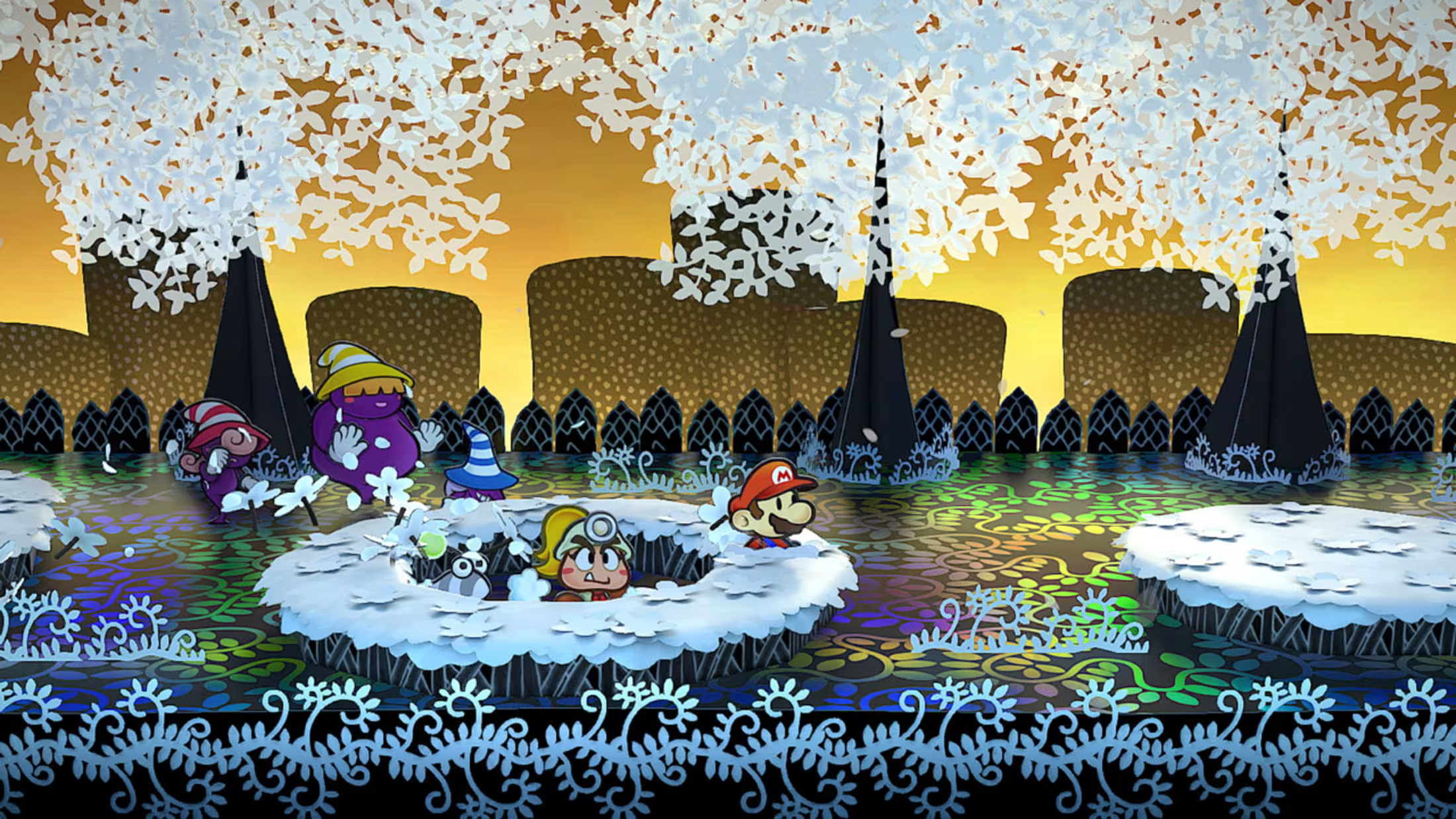
The visual overhaul is especially apparent in the overworld, with scattered, soft lighting and gauzy reflections really selling the physical qualities of matte craft paper and glossy cardboard. The facade is even leaned into with puzzle design, as you peel back layers of the stage, flip and reverse it, or even tuck behind it like a sheet of loose paper. Add some quality of life features like a new fast-travel hub and eased inventory limits, and this modern re-imaging of Paper Mario feels more like a genuine labour of love than the cynical remasters that are often dumped on the market. The game’s frame rate has seen a drop from 60 to 30 as a result of the new effects, but that’s a small price to pay for something so visually arresting.
Paper Mario: The Thousand-Year Door was already a masterclass in comedic writing. This remake reaffirms that legacy, but it also goes a step beyond by elevating the source material through a gorgeous graphical update. If you like your games funny—truly funny, and not just quippy—you’d be hard-pressed to find a better exemplar.
Reviewed on Nintendo Switch with a review code provided by the publisher.
It’s rare for games to be funny. Rarer still, to be consistently so.
